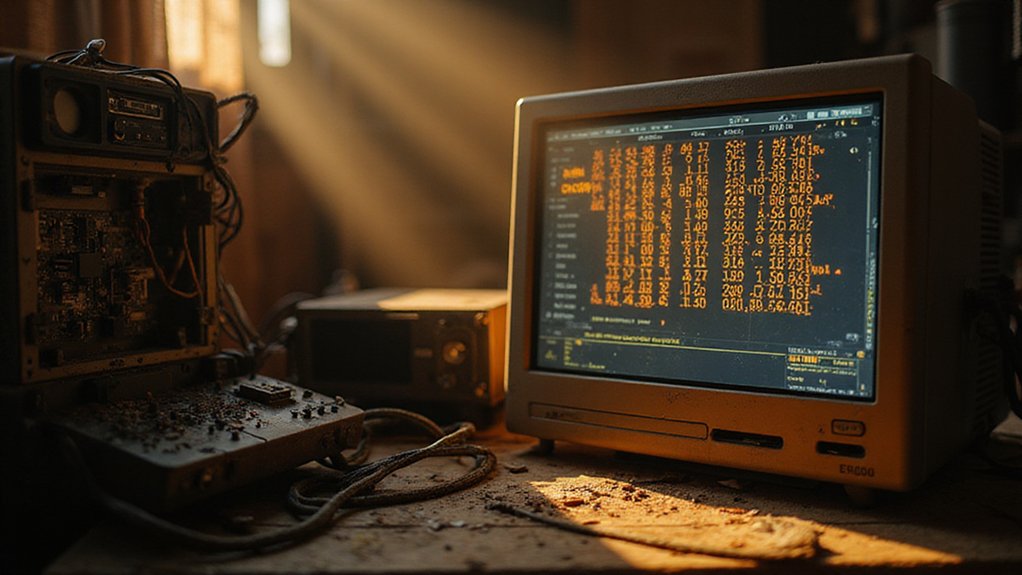While Bitcoin’s earliest transactions may seem quaint by today’s standards—when a single coin trades for tens of thousands of dollars—these primitive movements through the blockchain represent nothing less than the first tentative steps of a monetary revolution.
Recent stirrings from dormant wallets dating back to 2010 have reignited speculation about whether Satoshi Nakamoto, Bitcoin’s enigmatic creator, might be orchestrating these ancient coin movements from the shadows.
Ancient Bitcoin wallets awakening after decade-long slumber spark intense debate over Satoshi Nakamoto’s possible return to the cryptocurrency scene.
The timing of these wallet activations proves particularly intriguing, often coinciding with periods of heightened market volatility or significant price appreciation. When bitcoins that have remained untouched since the network’s infancy suddenly begin moving, the cryptocurrency community collectively holds its breath.
After all, we’re discussing an era when 10,000 BTC could barely secure two pizzas—a transaction that now represents a quarter-billion-dollar meal, courtesy of Laszlo Hanyecz’s historic purchase on May 22, 2010.
The forensic analysis becomes even more compelling when considering the primitive market conditions of 2010. Bitcoin’s valuation was largely speculative, with early adopters like Hal Finney conducting transactions that were more experimental than commercial. Finney, a pioneer in the Cypherpunk movement, had previously worked on cryptographic innovations that directly influenced Bitcoin’s development.
The first exchange rate pegged 1,309 BTC to a single dollar, making today’s dormant wallets potentially worth astronomical sums. One user, “SmokeTooMuch,” couldn’t even find buyers for 10,000 BTC at $50—a failed auction that would represent hundreds of millions in today’s market.
What makes these ancient movements particularly fascinating is their scarcity. Since the August 2010 overflow vulnerability that allowed attackers to create 92 billion bitcoins (subsequently corrected through an emergency fork), the network has maintained remarkable stability.
This historical context makes any movement from pre-2011 wallets extraordinarily significant. The Mt. Gox collapse in February 2014 highlighted how centralized exchanges could jeopardize the entire ecosystem, making early self-custody wallets even more precious.
The pattern analysis, however, remains frustratingly inconclusive. While these transactions demonstrate sophisticated understanding of Bitcoin’s early architecture, no definitive cryptographic signature links them to Satoshi’s known addresses. Unused Bitcoin addresses like these maintain heightened security against potential quantum computing threats compared to addresses that have been previously spent from.
The Genesis Block’s 50 BTC—embedded with that prescient newspaper headline about bank bailouts—remains untouched, perhaps the most tantalizing evidence that Bitcoin’s creator either lost access to early funds or deliberately chose permanent dormancy.
Whether these movements represent Satoshi’s return or merely early adopters finally accessing long-forgotten fortunes remains cryptocurrency’s greatest mystery.








